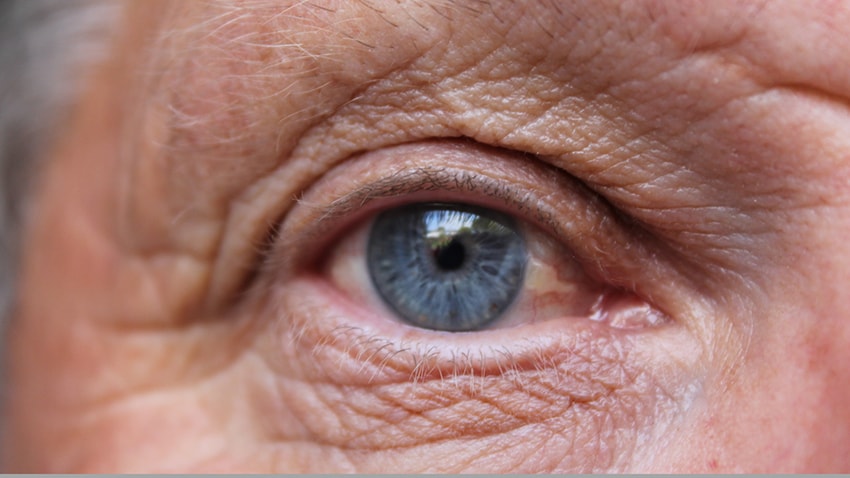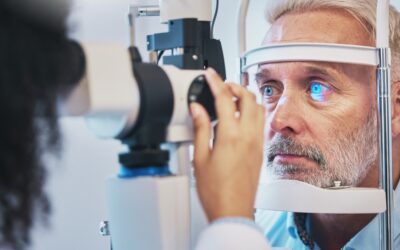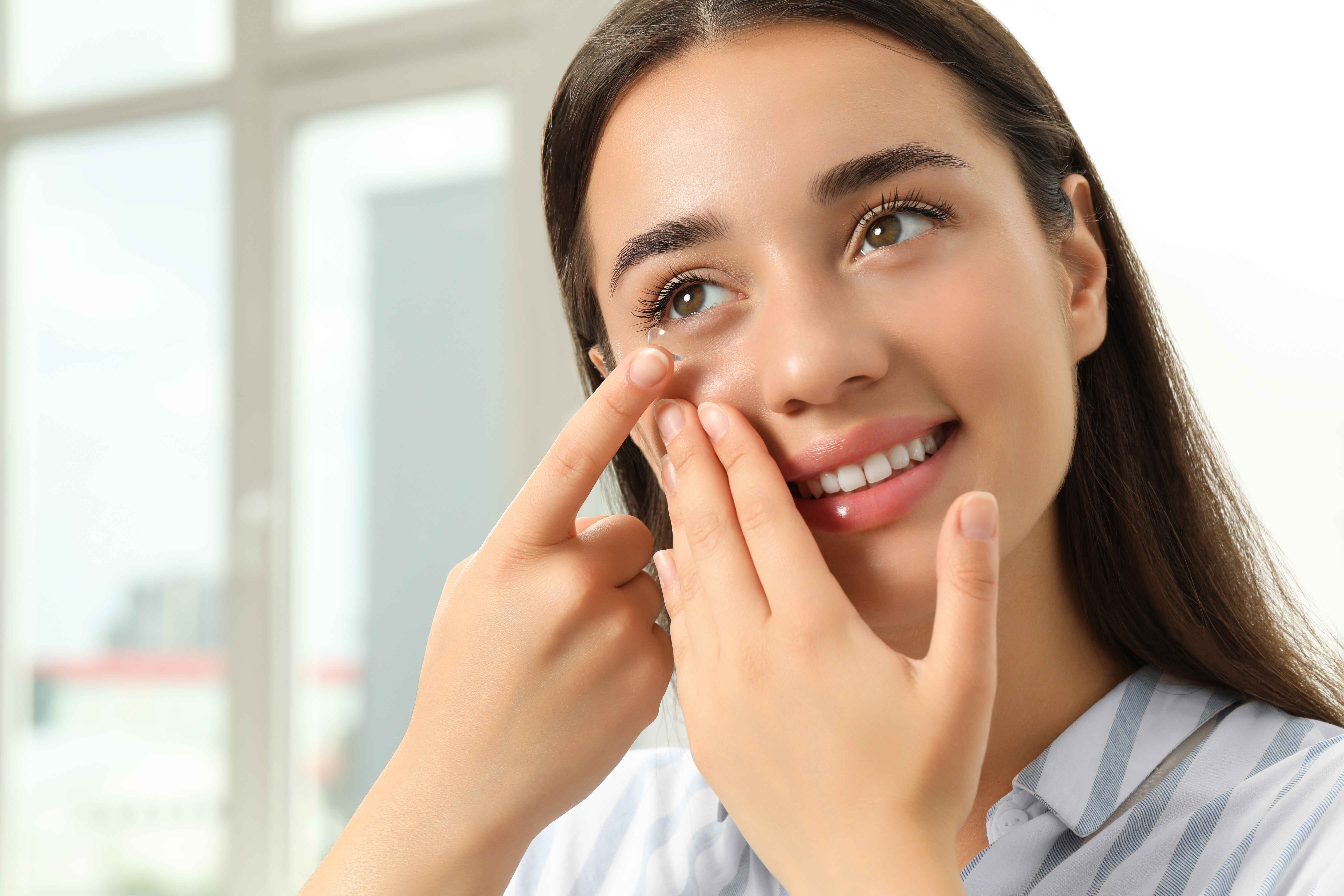In the United States, age-related macular degeneration (AMD) is the leading cause of visual impairment and irreversible vision loss. It is one of the most common causes of poor vision or vision loss in people over the age of 60.
Age-related macular degeneration (AMD) is a deterioration of the central part of the retina (the macula), resulting in the loss of central vision. The macula is part of the retina at the back of the eye, where there is a high concentration of photoreceptor cells. The macula itself is only about 5mm across but is responsible for all of our central vision, a large part of our color vision, and our ability to see fine detail.
You can imagine why the loss of this central part of your vision would be devastating (and lead to blind spots right in the middle of your vision).
There are two types of age-related macular degeneration: wet and dry.
Wet AMD
Wet AMD is less common (approximately 1 in 10 people have this type), but is, unfortunately, a more serious form of age-related macular degeneration.
In wet AMD, abnormal blood vessels grow in a layer beneath the retina, leaking fluid and blood in the macula (which in turn destroys macular cells), resulting in vision distortion, or blind spots in the center of a person’s vision.
Dry AMD
The remaining suffer from AMD have the dry form of the condition, where there is a thinning of the macula, and subsequent poor central vision.
Detection
Your optometrist can often detect early signs of macular degeneration through a retinal exam before you notice any symptoms — that’s why yearly eye exams are so important. If macular degeneration is suspected, your optometrist will conduct a brief test using an Amsler grid, which measures your central vision.
The reason early detection is key?
Treatment.
Wet age-related macular degeneration (AMD) can lead to rapid vision loss (even a few days), which means that early detection and subsequent treatment is time-sensitive.
Wet AMD treatment
The two main treatments available for wet AMD are anti-vascular endothelial growth factor (anti-VEGF) injections, and photodynamic therapy (PDT).
For those patients whose blood vessels are growing directly under the macula, anti-VEGF injections can help preserve vision in about 95% of patients, and even restore or partially restore vision in 40% of patients. This makes the outcome far more hopeful for many sufferers of wet AMD, given the severity of the condition.
Photodynamic therapy (PDT), is also used sometimes. In PDT, a light-sensitive medicine is injected into the bloodstream. It works by collecting in the abnormal blood vessels under the macula. Then, laser light is shone into the eye, activating the medicine so that it can create blood clots to block the abnormal blood vessels.
If the blood vessels are not growing directly beneath the macula, laser surgery is the treatment of choice. While it does not improve vision, it is nonetheless able to prevent additional vision loss.
Dry AMD treatment
Presently, there is no treatment for dry AMD; however, it is believed that a specific, high-dose regimen of nutritional supplements can help delay or prevent further degeneration.
Prevention
While macular degeneration is associated with factors you cannot control like aging, heredity, and eye color, you can still take some preventative measures. Healthy lifestyle choices like the following can help reduce your risk or slow the progression of the disease:
- Avoiding smoking
- Exercising regularly
- Maintaining normal blood pressure
- Eating a healthy diet rich in green, leafy vegetables, as well as fish
Have you had any vision problems creep up? Don’t risk the wait.
 [formlift id=”659″]
[formlift id=”659″]






















































